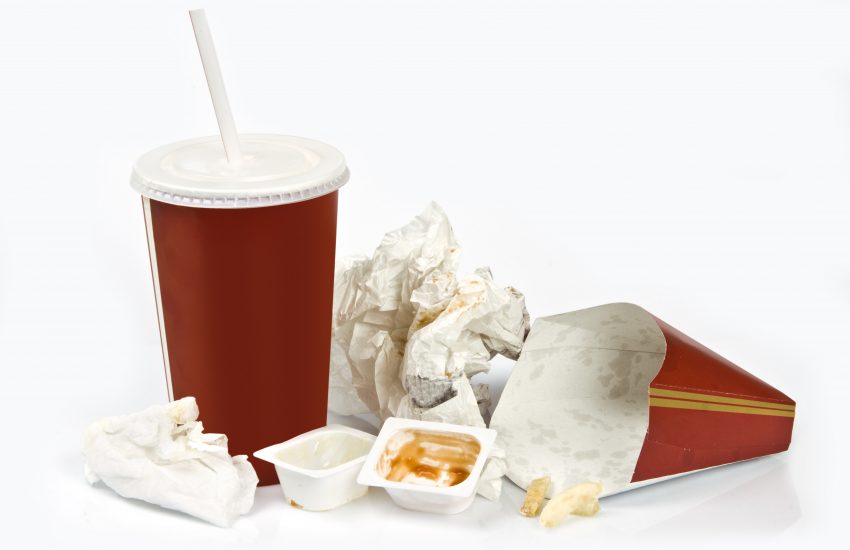A few weeks ago, our blog reported on a number of complaints filed against some of the most recognizable fast food chains, arising from alleged PFAS-containing food wrappers. The alleged concern is that PFAS contained in the wrapper, for example, will migrate into the food itself, creating exposure through consumption of the food. Now, a fast-food chain named in one of the suits is hitting back. A few days ago, the chain filed a motion to dismiss the proposed class action, proffering a number of arguments, including lack of standing for failure to allege a concrete, particularized injury, federal preemption, and insufficiency of the pleadings under Federal Rule of Civil Procedure 9(b).
In a nutshell, the complaint alleges false advertising because the fast-food chain’s packages contain one or more unspecified PFAS substances, which as our readers know, can be one of among thousands of chemical compounds. The defendant’s motion argues that the plaintiffs lack standing because the plaintiffs only plead “hypothetical economic harm,” not a concrete injury. The plaintiffs claim that they “suffered economic injuries as a result of purchasing” the food and its packaging. Complaint at ¶ 144. The only damages seemingly claimed by the plaintiffs are that the “products are worthless or worth less than the purchase price” because the presence of PFAS—suspected to be in both the packaging and the food—was not disclosed. Complaint at ¶ 26. In essence, the plaintiffs claim that they would have paid less or nothing for the products had they known the packaging contained PFAS substances.
But the defendant argues that the plaintiffs have purchased and consumed the menu items, have alleged no physical injury, and “do not allege that they had any expectation about whether PFAS was in the packaging when they made their alleged purchases, nor that they ever had seen any [of the food chain’s] marketing stating or implying the products were free of PFAS (because neither the packaging nor the marketing says any such thing).” the defendants argue then that it is “implausible” that the plaintiffs purchased the products because of an understanding of the absence of FDA-approved organic fluorine substances in the packaging.
The complaint cites to a third-party consumer advocacy article that the plaintiffs allegedly reviewed that apparently caused buyer’s remorse after they purchased the products. But the defendants note that “apparent alarm after reading” such a report, without an actual injury, “fall[s] short of establishing a personal stake in this litigation.”
Further, the motion seeks to highlight the flimsy nature of the basis for the lawsuit. Particularly, that the plaintiffs have done no testing themselves to confirm the type of PFAS in the packaging, and the plaintiffs do not refer to any testing showing the presence of any PFAS in the actual food. It appears that the plaintiffs merely allege that two studies have found “organic fluorine” in the food chain’s packaging and that there is a “likelihood” that PFAS in the packaging “migrate into food” based, in part, on studies of other foods, and other packaging.
On preemption, the defendant points to several regulations that have approved specific PFAS for food contact. Citing, e.g., 21 C.F.R. § 177.1550, 21 C.F.R. § 176.170, 21 C.F.R. § 175.300. The food chain argues that the PFAS substances used presently in its packaging are also specifically approved by the FDA. The defendant also makes an insufficient pleading argument under FRCP 9(b), which requires that claims “sounding in fraud,” be stated with particularity. The defendants note that “because all PFAS are not the same,” generic allegations about PFAS—a group of thousands of compounds—do not meet the heightened pleading standard under Rule 9(b).
We’ll keep an eye on this case moving forward as it seems more cases based on food-packaging are being commenced.

